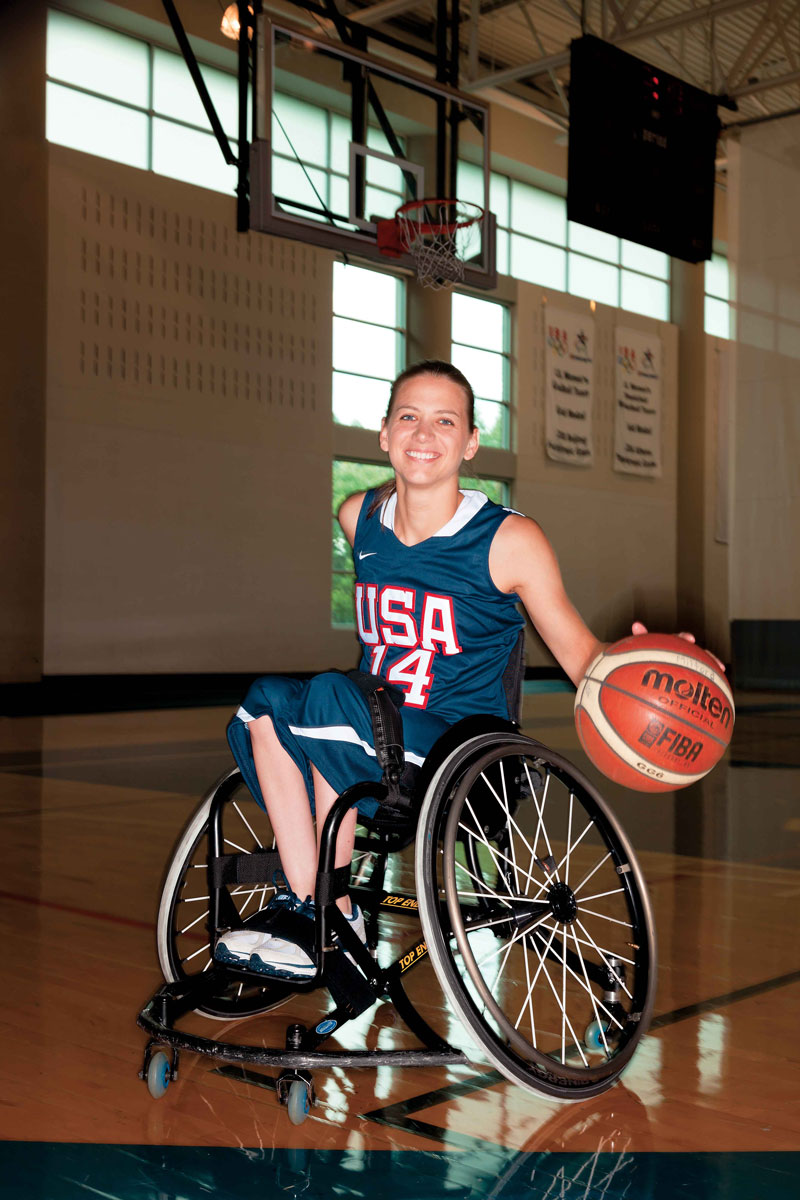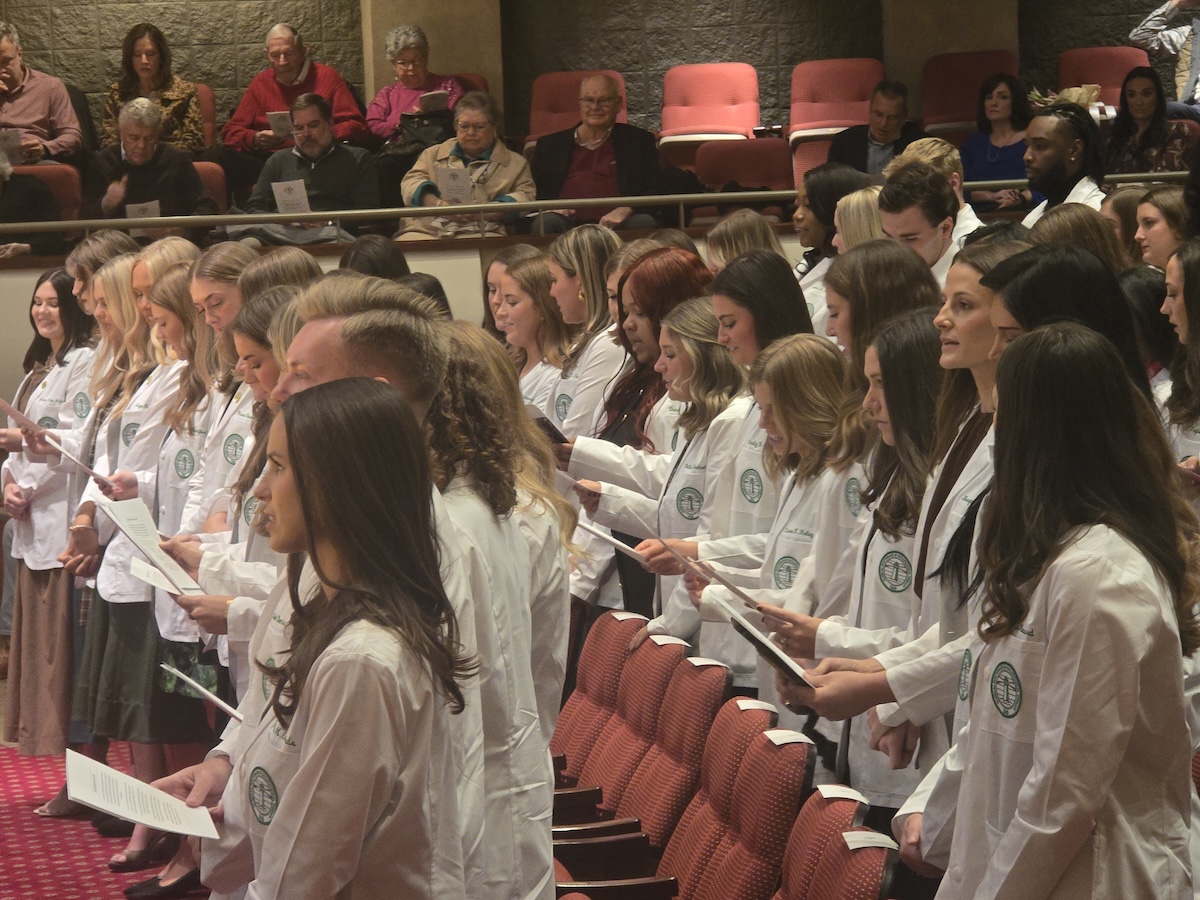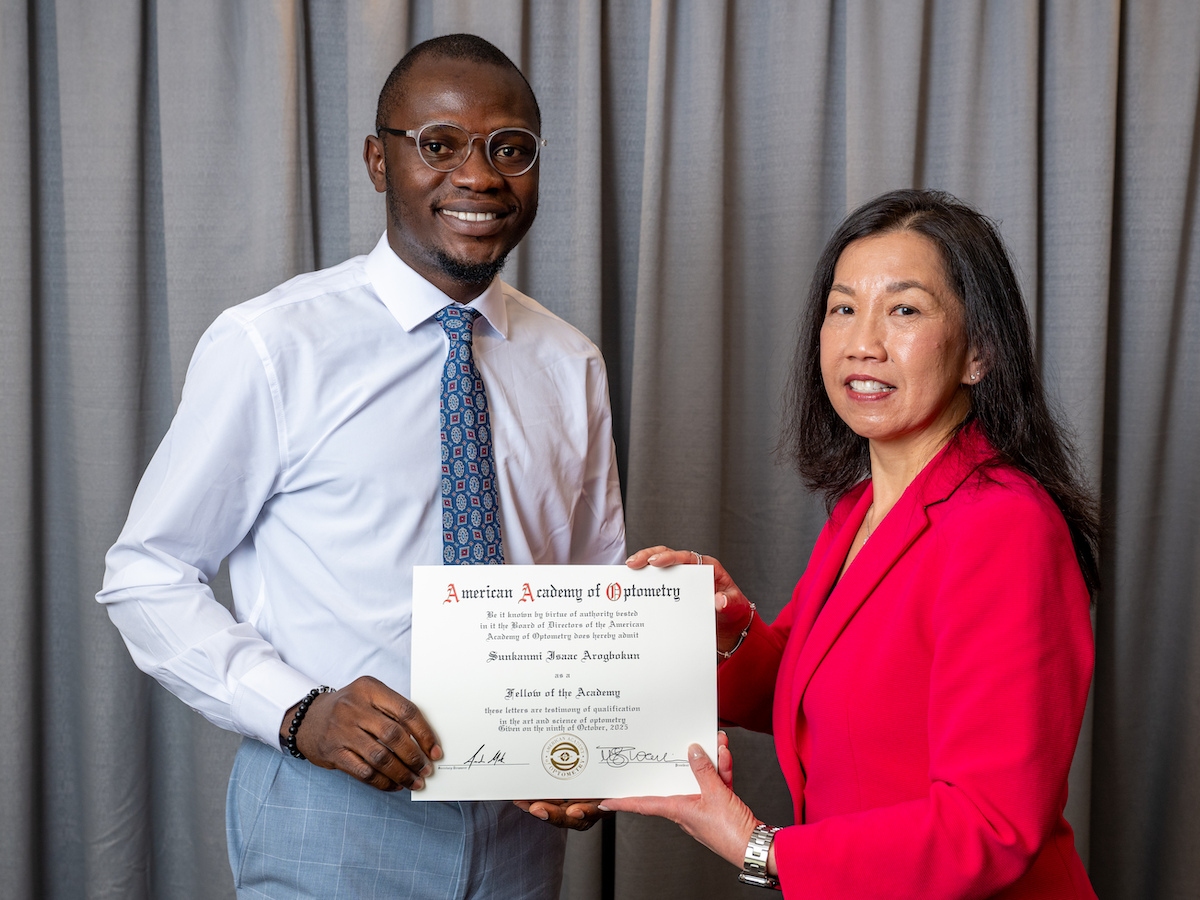 Mary Allison Cook
Mary Allison Cook
Associate Director of Communications, Lakeshore FoundationAs a disabled person and communications professional working in the disability space, I think about disability a lot. I write about disability a lot. Bottom line, I engage with disability and language – a lot.
Conversations surrounding disability language, especially with non-disabled people, usually focus on what is right and wrong in the name of politeness and sensitivity. Sure, there are definite dos and don’ts, but the main issue with some disability language and narrative is not that it is offensive, it is that it misinterprets and misrepresents the life and identity of disabled people.
Disability identity development is a newly studied topic, and researchers like Dr. Anjali Forber-Pratt have found that disability identity may develop differently than other identities. I learned of disability identity about six years ago. Since then, the topic has been transformative in how I identify and the language I choose to use about myself.
So, join me as I unpack my relationship with the word “disabled.”
Disability as a Diagnosis
My first encounter with disability was in the medical setting. My disability was clearly designated as a diagnosis – a noun – this tangible thing that decided to join me in life. To the medical professionals around me though, my disability and metallic purple wheelchair wasn’t just an accessory that could double for a Mario Kart coupe in my driveway. It was a problem. It was something that needed to be fixed, or at the very least, diminished as much as possible. This is how my, and most disabled people’s, disability identity journey began. I felt content with my body and who I was, but the messaging I received from the medical community was that my life could be so much better if – if I used crutches, if I was more independent, if I was less “disabled.” That was the first context I had of the word.
Disability as a Super Confusing, Super Fluid Existence
I didn’t hear the term “social model of disability” until I was in college, but I understood the concept before I learned to tie my own shoes. I knew I could move fast and chase my friends on the smooth asphalt of the playground, but as soon as we moved to dirt or grass, I would be eliminated from the fun. I knew my body was capable, it just needed the right environment and the right tools. This was a welcomed realization. My disability and I were no longer the problem, it was exclusion and ableism that needed to be tackled.
So, I began to write a new narrative for my identity – one of an overcomer. At twilight, I transformed into a heroic protagonist out to defeat inaccessibility with my disability superpower. This very common and problematic narrative caused me to associate my self-worth with my ability to persevere and succeed in a world that was not built for me. I didn’t realize that our society could use its collective power to simply remove oppressive barriers. Somehow, I had to dramatically climb over them in a rainstorm.
 At this point in my life, I would only use the word "disabled” when I was in an extremely inaccessible or exclusionary environment, and it would be used as a predicate adjective to describe my current state, not my identity.
At this point in my life, I would only use the word "disabled” when I was in an extremely inaccessible or exclusionary environment, and it would be used as a predicate adjective to describe my current state, not my identity.
“Yes, I always have a disability,” I would say, “but I’m not always disabled.”
Disability as a Culture
Thankfully, I have always been surrounded by a strong community of other disabled people. I found this community through disability sports. I had friends who looked like me, shared similar experiences and disability identity. In our little world, disability was normal. It was comfortable. Nothing had to be hidden. I could laugh about my disability and share stories that would otherwise make me cringe. My friends and I created our own disability language and, although we didn’t know it, we also created our own culture.
“We are so disabled,” my friends and I would say. It was more than a statement of existence; it was a statement of solidarity.
Disability as an Identity
As I grew into adulthood, many things in my life began to shift. I was forced to interact with the medical model more as I managed the clinical side of my disability. I wrestled with the idea that not all disability issues can be solved with ramps and policy. Sports and fitness took a backseat to my family and career. I was no longer the fit athlete who took joy in navigating inaccessibility. I was a new mom, exhausted and trying to survive each day. I needed more accommodations and relied on greater accessibility. This conflicted with my previous identity built on my independence and self-reliance.
While distance grew between my disability sport community and me, I found a new community. I casually typed “#DisabilityTwitter” and my world was rocked. Conversations I had longed to have and experiences I didn’t know how to define were all located in this virtual space where I could observe and absorb. Writers like Emily Ladau, scholars like Anjali Forber-Pratt and activists like Judy Huemann became my new role models. All these wonderful, smart, powerful people were proudly “disabled.”
And I realized, so was I. I am disabled. I am disabled when I am strong. I am disabled when I am vulnerable. I am disabled when I am accepted and excluded. I am always disabled. And that is good with me.

